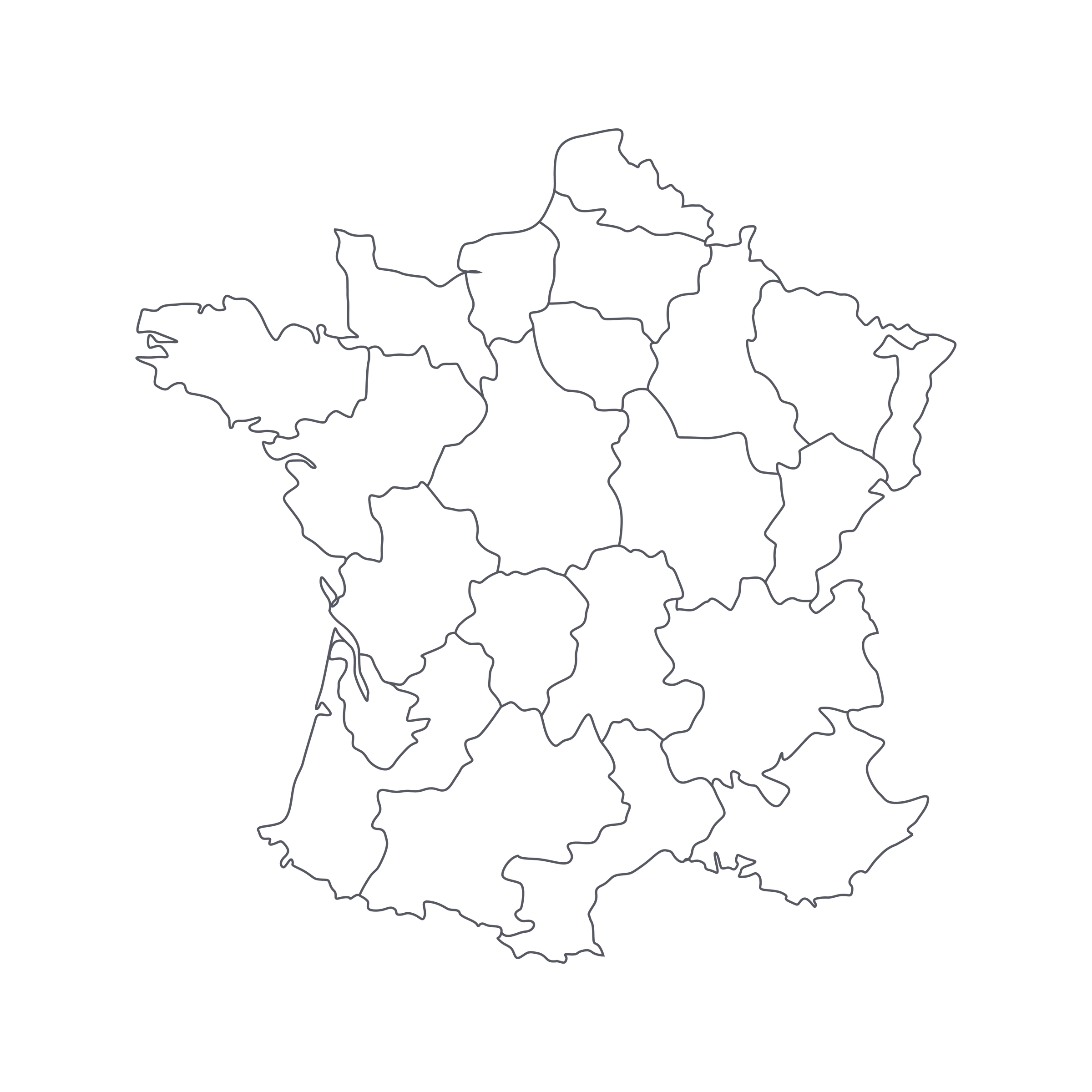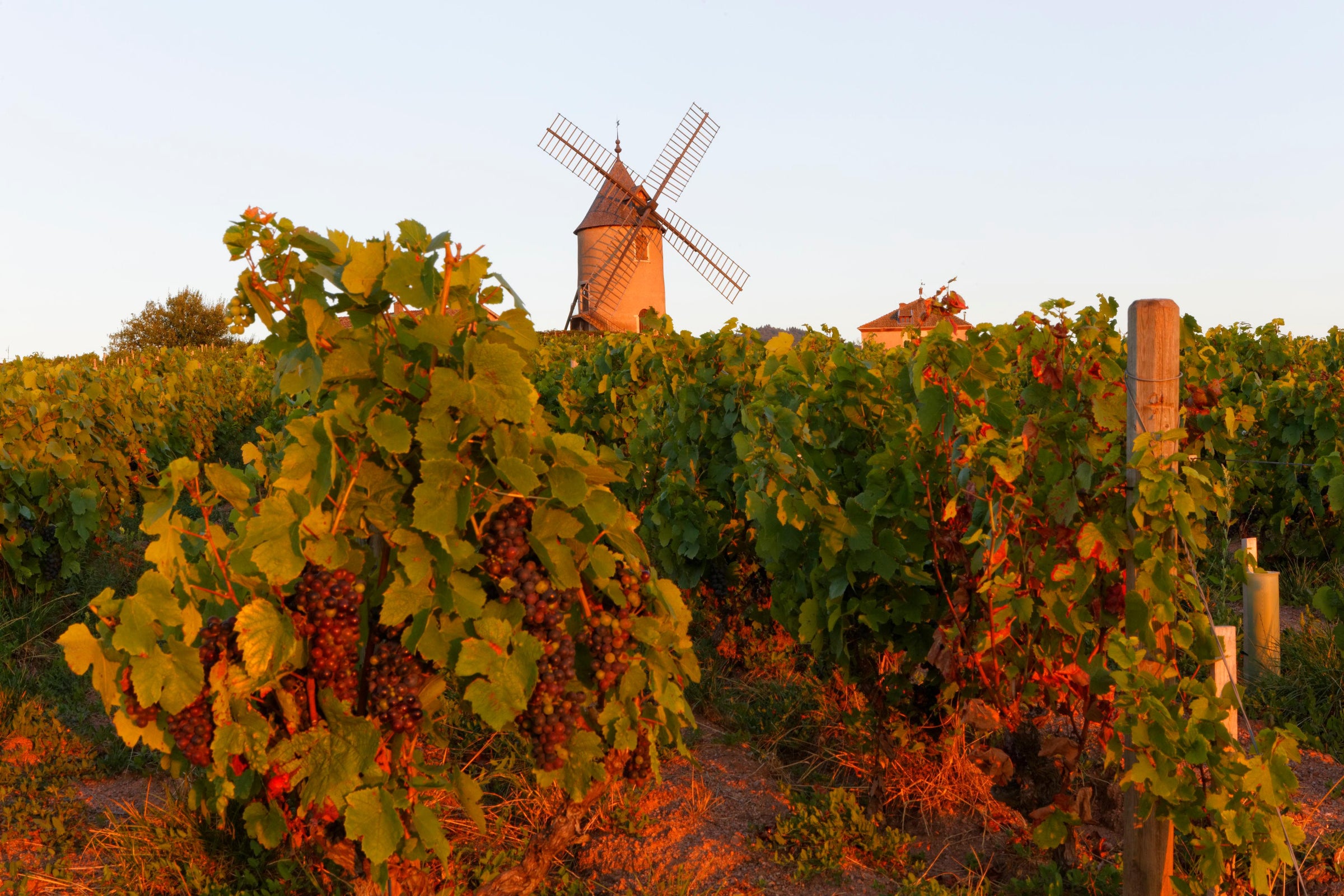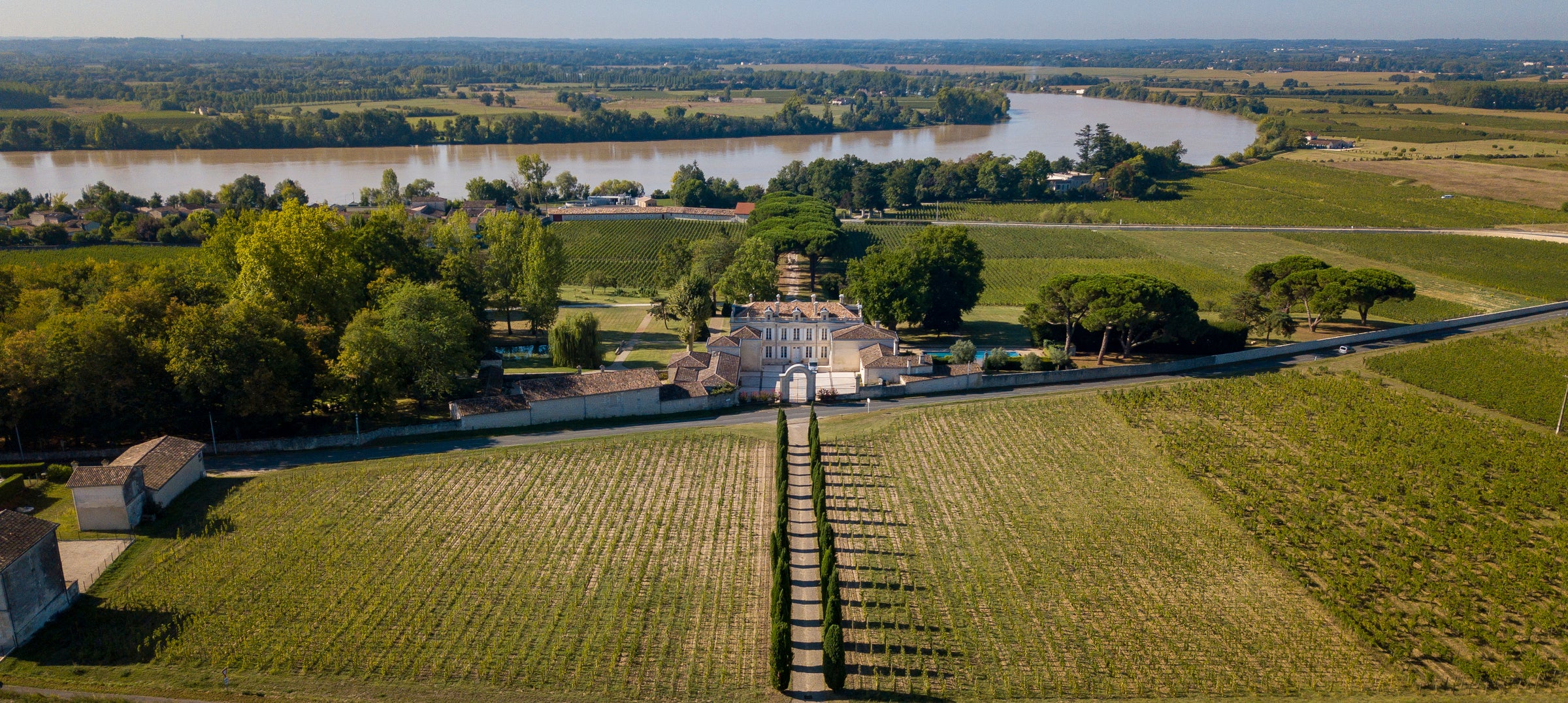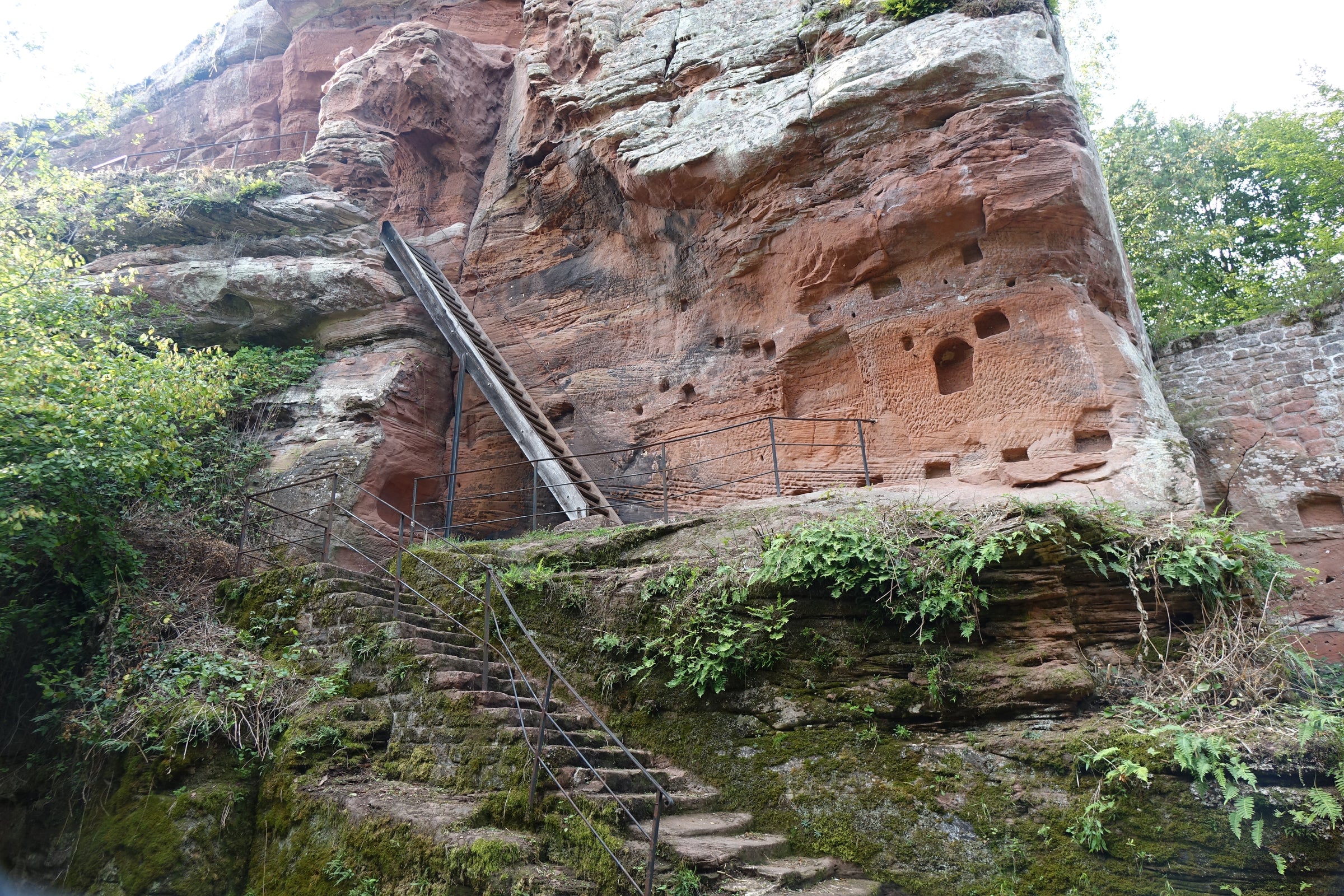If everyone could taste today’s sensational 1er Cru from Domaine Lucien Jacob, the prattle about Premier/Grand Cru Burgundy losing its sense of value and being only accessible to the elite would cease to exist. Most of all, it would cement the notion that great Burgundy is the most emotionally raw wine experience out there.
But here’s the thing: only a select few will have the chance to taste Domaine Lucien Jacob’s extraordinary wines. I’d go as far as to say that most haven’t even seen a bottle because, throughout their entire small-batch lineup, only several hundred cases are imported—total. For today’s “Les Peuillets”? A mere 50 cases for all of America! Meaning, if you get ahold of an allocation, you grip on for dear life. It’s been years since we’ve offered one of their Premier Crus and a bottle such as today’s—from the blockbuster 2015 vintage, no less—is staring us right in the eyes saying “that’s what you get.” This is a statement piece, a breathtaking paragon of Savigny-les-Beaune’s storied terroir, and a mellifluous ode to ultra-traditional Burgundy. Here’s my advice: Next time you’re at a fancy Burgundy tasting, open this bottle and sit back and watch as it shatters the competition.
In the first edition of “The Wines of Burgundy,” published in 1997, Clive Coates, MW wrote that Savigny-lès-Beaune is a “happy hunting ground for those seeking good, inexpensive Burgundy.” Of course, over the last 20+ years, dramatic increases in global demand, inflation, consolidation, and climate change have conspired to make “good, inexpensive Burgundy” largely a thing of the past. Fortunately, small family-owned properties like Domaine Lucien Jacob are still here to fight the good fight and Savigny-lès-Beaune remains a great destination for value in Burgundy. While high-ticket villages Pommard and Volnay sit immediately to the south and the majestic hill of Corton is just north, Savigny always seems to hide in plain sight with price tags staying well below those of its more prestigious neighbors here in the heart of the Côte de Beaune.
The story of Domaine Jacob begins in the early 1900s with the grandfather of current proprietor Jean-Michel Jacob. The Jacob family has resided in Burgundy for generations but their sterling reputation was originally built not on grapes and wine, but rather berries and liqueur. Jean-Michel’s grandfather saved his earnings from growing framboise (raspberries) and cassis (black currants) in the hills of the Hautes-Côtes-de-Beaune and eventually selling their spirits to establishments in Lyon and Paris. In time, the family was able to purchase a few small vineyard parcels in nearby Savigny-lès-Beaune. By the 1950s, Jean-Michel’s father, Lucien, was expanding the family’s vineyard holdings and making wine a focus. Today, Jean-Michel continues the growth of the family’s acreage in Burgundy with recently purchased vineyards in Beaune, Pernand-Vergelesses, and Gevrey-Chambertin. After almost a decade of experience with the Domaine Jacob’s wines, I feel confident in my conviction that wines originating from the family’s “home” vineyards in Savigny-lès-Beaune—most notably, today’s 1er Cru “Les Peuillets”—are their most consistently delicious and cellar-worthy creations.
Farmed naturally, traditionally raised in French barrels with judicious touches of new oak, and bottled unfiltered, “Les Peuillets” displays classic, old-school Burgundian pedigree. Aromas of ripe black cherry, black raspberry liqueur, red plums, and currants roll out in seductive waves that only top-flight 2015 Burgundy can. If allowed a decant, that’s when the sensory experience really begins: fresh violets, crushed rose petals, black tea, damp moss, turned earth—this is always a wonderful wine to just sit with and smell, but as one would hope, the main attraction is the palate. It has the textural lushness that has become one of 2015’s hallmarks, but it equally brings focus to polished tannins, crushed minerals, and savory herbal components that I associate more with one of my all-time favorite vintages, 2014. The wine glides seamlessly and with each sip, another nuanced layer unravels. Still, it has only just entered its prime and won’t be hitting peak maturity until sometime around 2025, although it’ll keep much, much longer. It’s a mesmerizing Premier Cru that deserves the proper stemware (large Burgundy stems) and drinking temperature (60 degrees). Again, I urge you to sneak this into a high-end Burgundy lineup—it’s bound to turn heads. Cheers!






